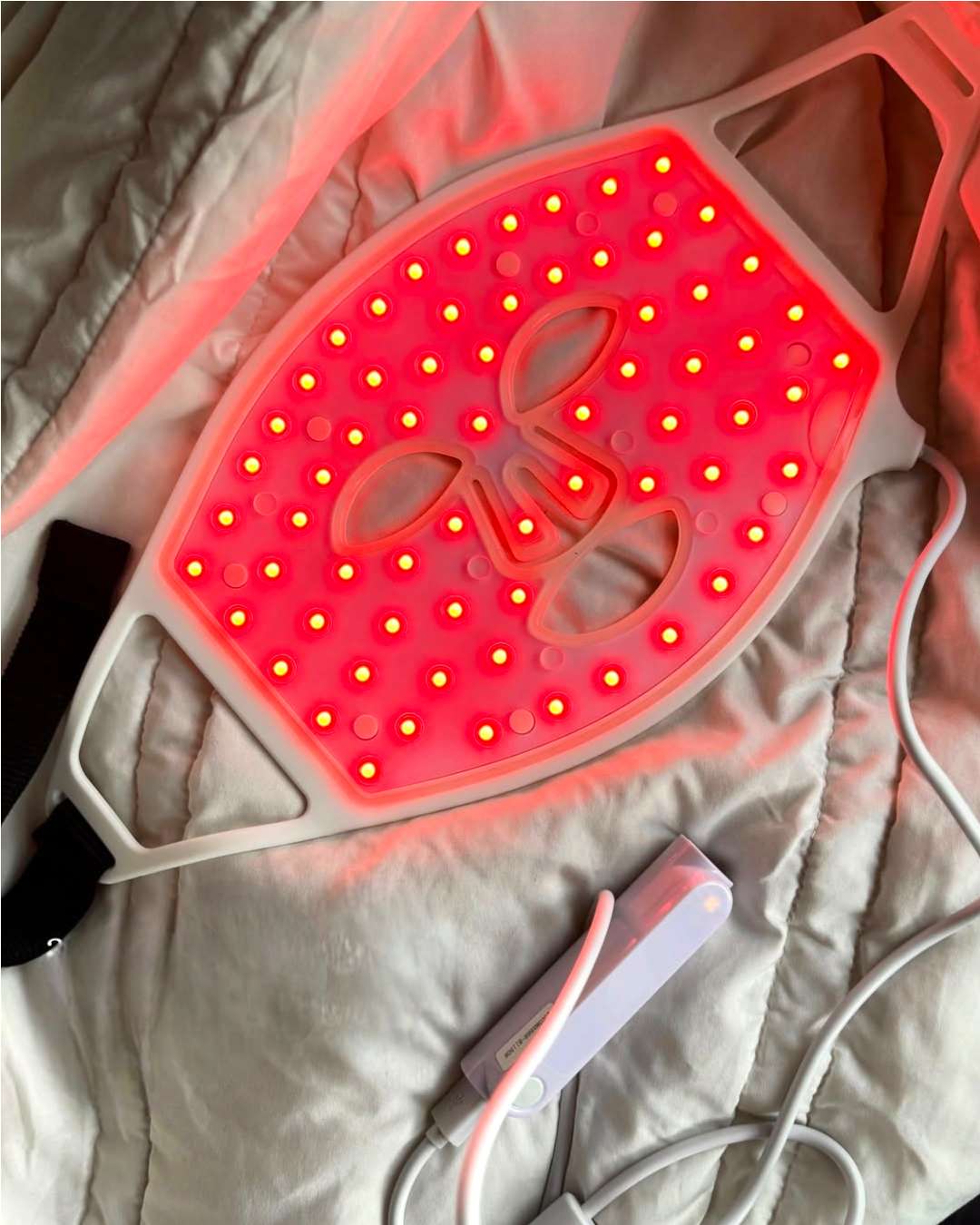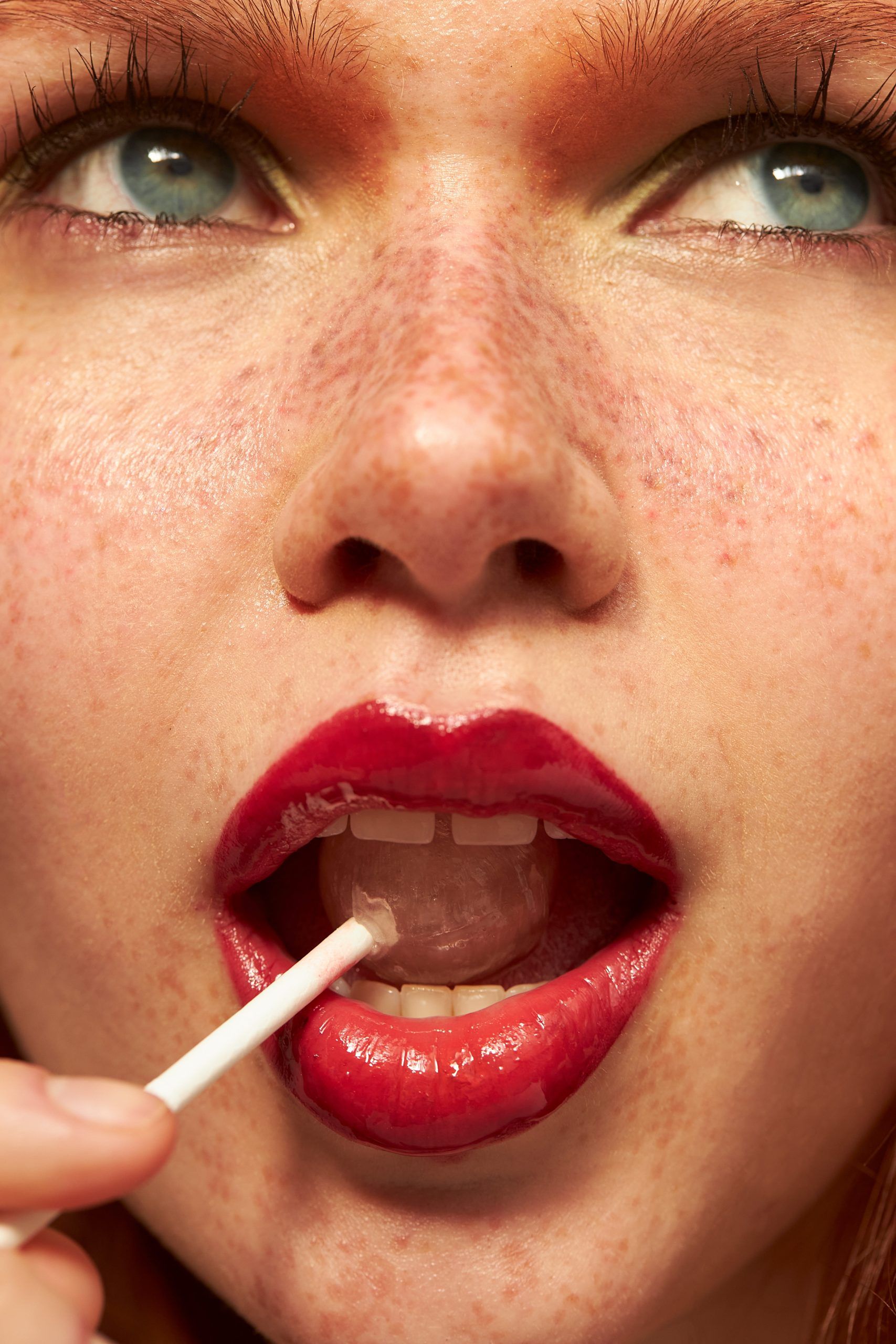Melasma is one of the most persistent and misunderstood skin concerns. It often appears as symmetrical patches of pigmentation on the face, most commonly the cheeks, forehead, and upper lip. While it isn’t harmful, it can be frustratingly resistant to treatment. The good news? It’s absolutely manageable with the right mix of skincare, sun protection, and consistency.
What Is Melasma?
Melasma is a chronic form of hyperpigmentation, triggered by a mix of hormones, UV exposure, inflammation, and genetics. It’s especially common during pregnancy, while using hormonal contraception, or after lots of sun exposure.
What makes melasma different from other forms of pigmentation is how deep it can go. It often affects the lower (dermal) layers of skin, which is why fading it takes time and patience.
Why It Happens and Why It’s So Stubborn
Melasma is a little high-maintenance and that’s putting it mildly. It kicks off when melanocytes (the pigment-producing cells in your skin) go into overdrive. Think of them like tiny overachievers who panic at the first sign of sun, heat, or hormonal drama. And once they start pumping out pigment, it doesn’t always stay close to the surface.
To make things even more complex, pigment in the top layer of skin (epidermal) is much easier to treat. But when it sinks deeper into the dermis, it becomes incredibly stubborn. Most people with melasma have a blend of both, making treatment a layered, ongoing process.
And let’s not forget the internal drama. Hormonal shifts, stress, and even irritation from products can all play a role. You could be doing everything right and still get a flare-up just from one hot summer walk without SPF. Or from switching birth control. Or from overdoing the exfoliants.
Melasma is also incredibly reactive. A new serum, a heatwave, a breakout, they can all kick off a flare. That’s why treatment isn’t just about fading what’s there; it’s about calming your skin, protecting it from triggers, and playing the long game.
So if you’ve been battling those blotchy patches and wondering why they won’t budge, you’re not imagining it, melasma really is that complicated. But knowing what you’re up against is half the battle.
“Melasma is difficult to treat because many mechanisms are involved in addition to very active pigment cells. There are structural changes and a vascular element too, along with receptors that are highly sensitive to sunlight. All these factors combined make treatment a challenge.”
— Professor Firas Al-NiaimI, Consultant Dermatologist
What Actually Works
There’s no magic bullet here. What works for one person may not work for another. But dermatologists agree on one thing: a multi-layered approach is best. That means combining targeted ingredients with strict sun protection, and sometimes adding in-office treatments.
Powerhouse Ingredients
Tranexamic acid (TXA)
A rising star in the pigmentation space, TXA calms inflammation and helps disrupt the pathways that lead to excess melanin.
Try:
Allies of Skin Tranexamic & Arbutin Advanced Brightening Serum
A potent blend that pairs TXA with arbutin, niacinamide, and centella to fade discoloration and support skin resilience.
Where to buy: uk.allies.shop
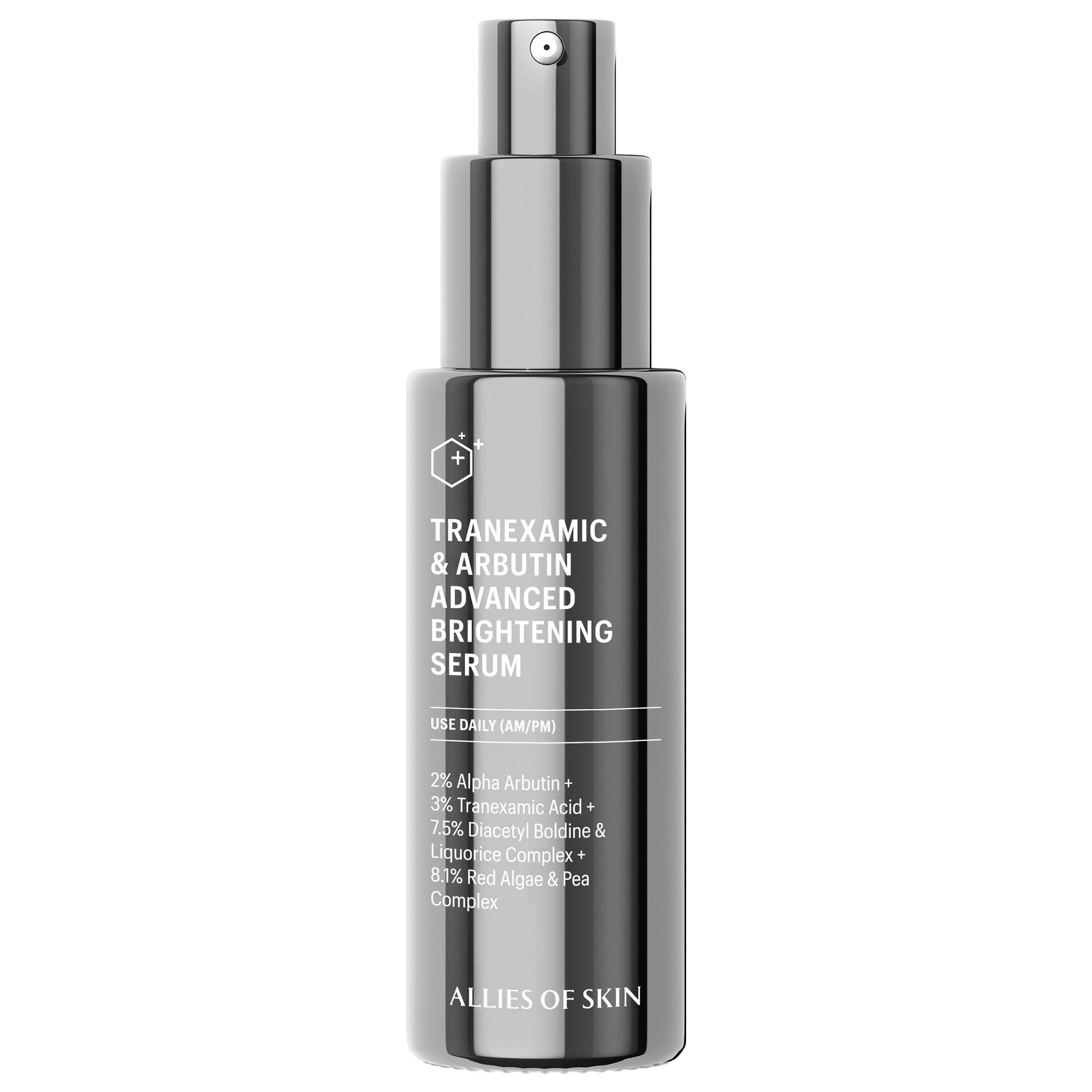
Azelaic acid
A gentle, multi-tasking acid that brightens uneven tone while calming redness — perfect for sensitive skin types.
Try:
SkinCeuticals Phyto A+ Brightening Treatment
A gel-cream formula featuring 3% azelaic acid and alpha arbutin, balanced with botanical extracts to soothe and calm. A top-tier choice for sensitive, melasma-prone skin
Where to buy: my-origines.com
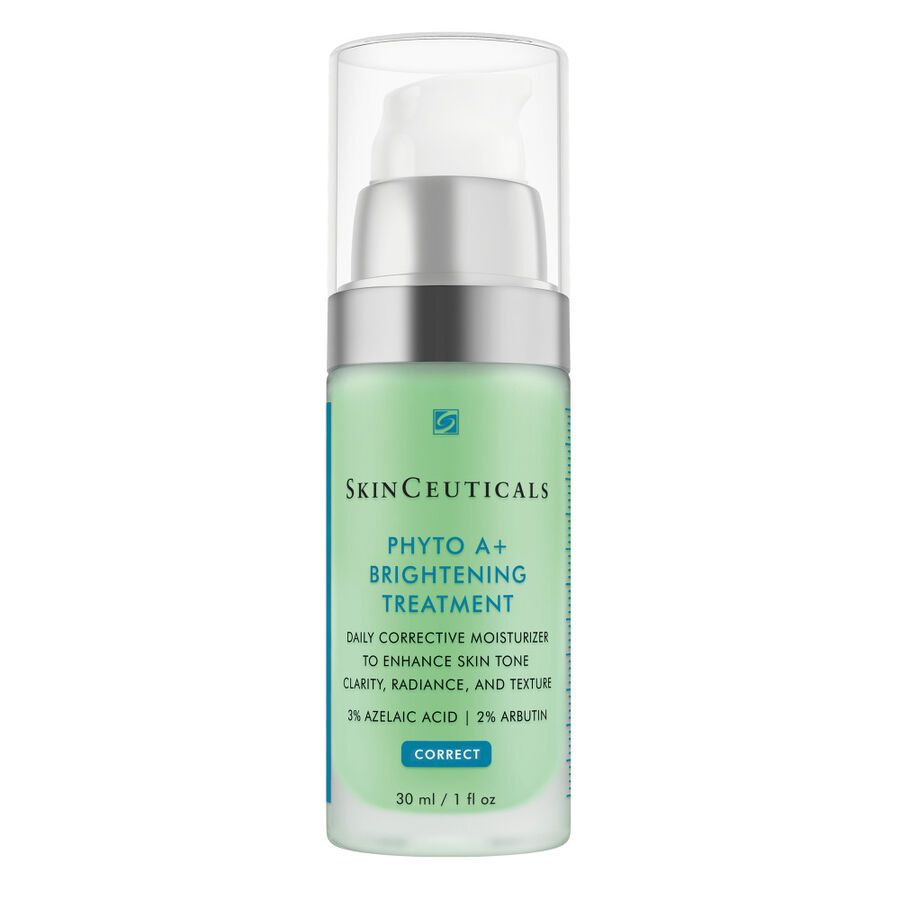
Vitamin C (Ascorbic Acid)
A hero antioxidant that brightens, fights free radicals, and boosts the efficacy of SPF. It’s particularly effective for melasma when paired with sunscreen.
Try:
iNNBeauty Project Green Machine Serum
A plant-based vitamin C blend that combines ascorbic acid with nourishing greens like moringa and broccoli seed oil for a brightening punch without irritation.
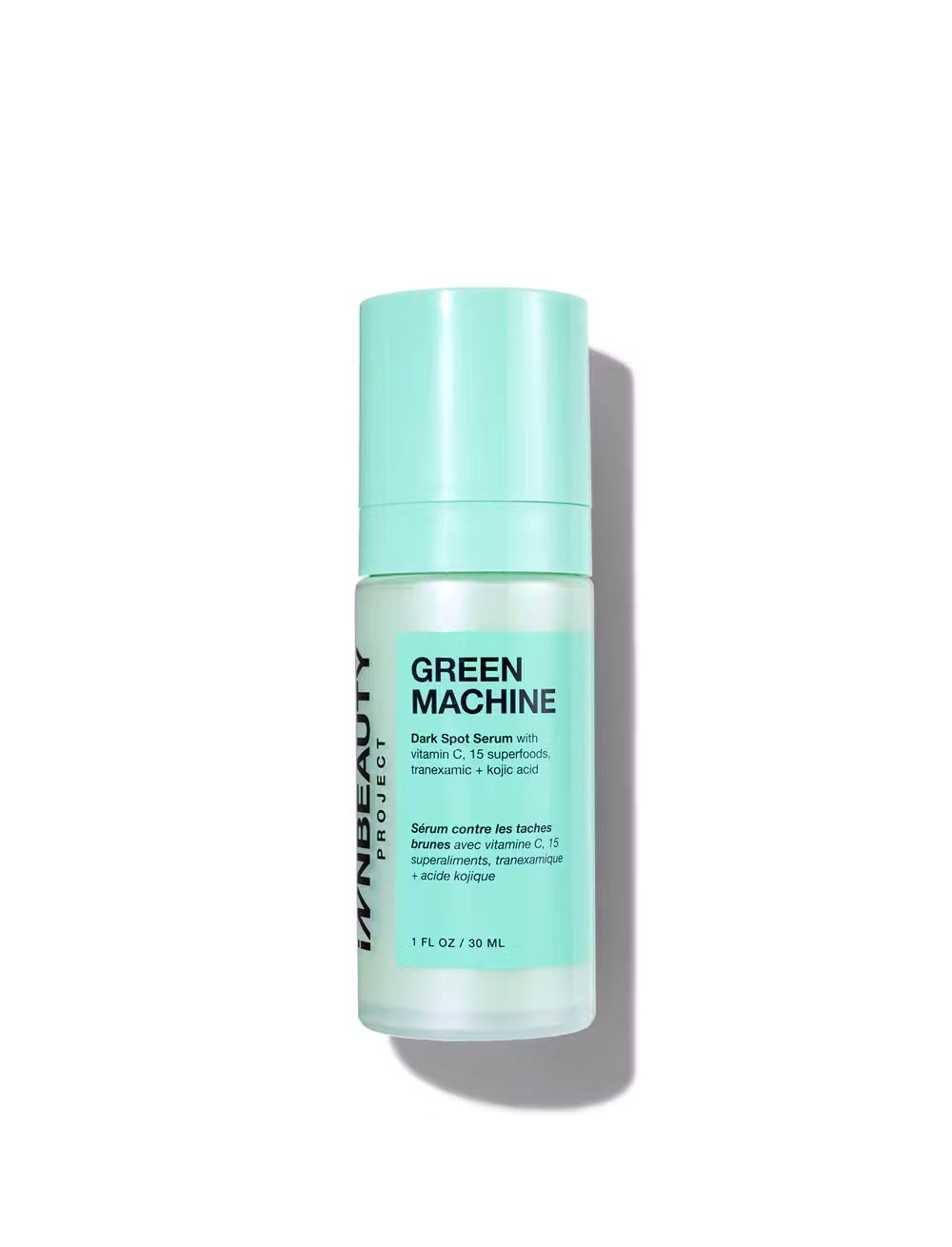
Niacinamide: A longtime derm favourite for good reason. It reduces inflammation, balances sebum, and reinforces the skin barrier — all crucial for melasma-prone skin.
Try:
Paula’s Choice 10% Niacinamide Booster
A lightweight, targeted formula perfect for layering.
Where to buy: paulaschoice.co.uk
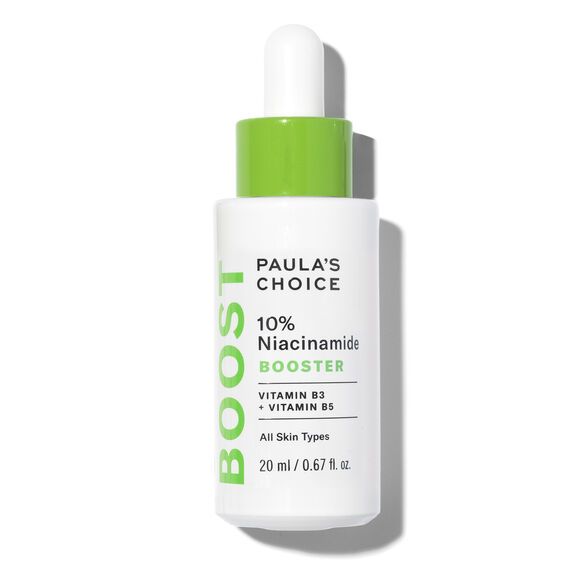
“Melasma is difficult to treat because it can affect different layers of the skin, the epidermis, the dermis, or both. Dermal melasma is especially stubborn, and with its complex triggers, from hormones to UV to genetics — it often comes back even after treatment. That’s why long-term management is key.”
— Dr. Sina Ghadiri, CONSULTANT DERMATOLOGIST anD FOUNDER OF SINAesthetics
Retinoids
These vitamin A derivatives boost cell turnover and fade pigment — but should be introduced slowly to avoid irritation.
Try:
Medik8 Crystal Retinal 3 or 6
A clinically respected retinoid that’s effective without the usual dryness.
Where to buy: spacenk.com
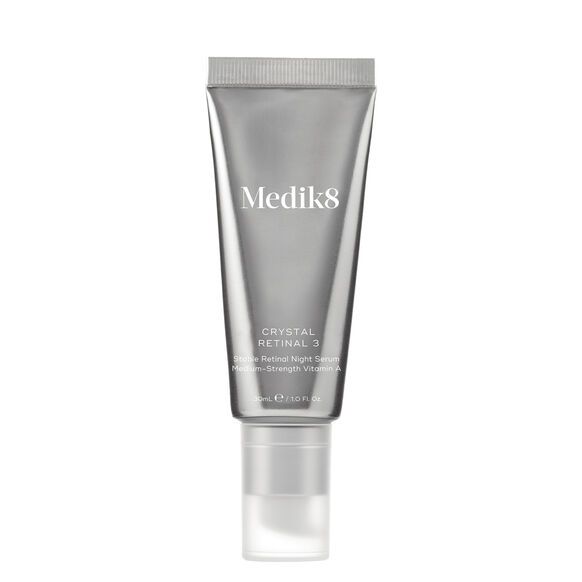
Smart blends of actives
If you want a one-and-done solution, consider multi-ingredient serums that hit several targets at once.
Try:
Dr. Idriss Major Fade Hyper Serum
Created by NYC dermatologist Dr. Shereene Idriss, this brightening cocktail includes TXA, niacinamide, glycolic acid, and licorice root to tackle melanin production at multiple stages.
Where to buy: dridriss.com
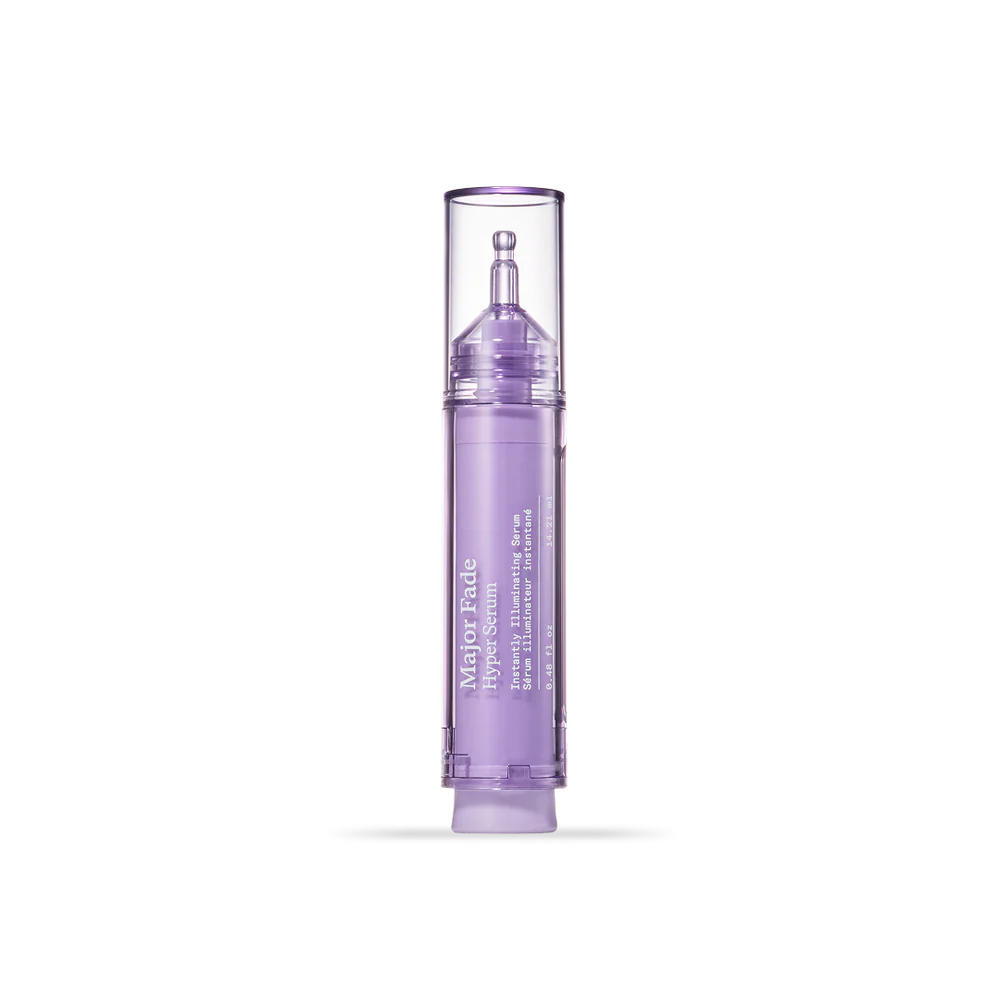
“Topical treatments like hydroquinone, tretinoin, azelaic acid, or specialised triple-combination creams can be very effective but they should always be used under professional guidance. For tougher cases, we may explore options like peels, microneedling, or laser — though these require careful selection and must be administered with caution to avoid worsening pigmentation.”
— Dr. Sina Ghadiri, CONSULTANT DERMATOLOGIST anD FOUNDER OF SINAesthetics
The Non-Negotiable: Sunscreen
No treatment plan for melasma will work without sun protection. Full stop. Melasma is uniquely sensitive to both UV radiation and visible light, which makes daily sunscreen not just helpful, but essential.
Melasma-prone skin reacts not only to UVB rays (which burn) and UVA rays (which age), but also to visible light, especially blue light which can worsen pigmentation in medium to deep skin tones. Even heat alone, whether from the sun or steamy environments, can cause flare-ups. That’s why sun protection isn’t just for summer or sunny days, it needs to be part of your everyday routine.
The ideal sunscreen for melasma is a broad-spectrum SPF 30 or higher, worn every day as the final step in your morning skincare routine. Many dermatologists recommend mineral formulas (with zinc oxide or titanium dioxide) because they tend to be gentler and less likely to irritate already sensitive skin. Tinted sunscreens are especially helpful for deeper complexions, as they contain iron oxides, which help block visible light, another sneaky melasma trigger.
“Sunlight stimulates melanocytes to produce more pigment, making melasma worse. A high-factor, broad-spectrum sunscreen is essential — not just to prevent flare-ups but to support any other treatments you’re using.”
— Dr. Sina Ghadiri, CONSULTANT DERMATOLOGIST anD FOUNDER OF SINAesthetics
What Doesn’t Work
Tempted by a viral DIY Tiktok fix? Don’t. Melasma doesn’t respond well to harsh products, heat, or inflammation and all of those things make it worse.
Some of the most commonly tried treatments do more harm than good, particularly if they cause irritation or heat up the skin.
Lemon juice, vinegar, and harsh scrubs can irritate the skin and ramp up pigment production. Overdoing acids or exfoliants strips your barrier and invites flare-ups.
IPL (Intense Pulsed Light) might help with other types of pigmentation, but it’s usually not safe for melasma — especially on deeper skin tones. It can lead to rebound pigment.
Hydroquinone, if used long-term or unsupervised, can cause problems like ochronosis (a stubborn grey discolouration).
Even some professional treatments come with risks. IPL (Intense Pulsed Light), often marketed for pigmentation, is generally not recommended for melasma. It generates heat, targets surface pigment only, and can worsen the condition, especially in medium to deep skin tones.
Long-term mangement
Melasma requires ongoing care even when skin appears to be cleared. Since flare-ups can be triggered easily, especially by sun and heat, preventative habits are key.
Avoid direct sun exposure where possible, and wear a hat and sunglasses when outdoors. Consistent use of a high-SPF sunscreen is non-negotiable, reapply every two hours if you’re outside.
Be mindful of heat exposure. Saunas, steam rooms, hot yoga, and long hot baths can cause flare-ups in some individuals due to heat-induced pigment activation. If your skin tends to react, it’s best to limit or avoid these activities.
Stick to a gentle, consistent skincare routine. Keep using your actives (like TXA, niacinamide, or a retinoid), and don’t expect miracles overnight. This is a marathon, not a sprint.
Melasma isn’t something you cure, it’s something you manage. The goal isn’t perfect skin, but fewer flares, a more even tone, and a face that feels calm and balanced. With the right tools and a solid SPF, you absolutely can keep it under control.


